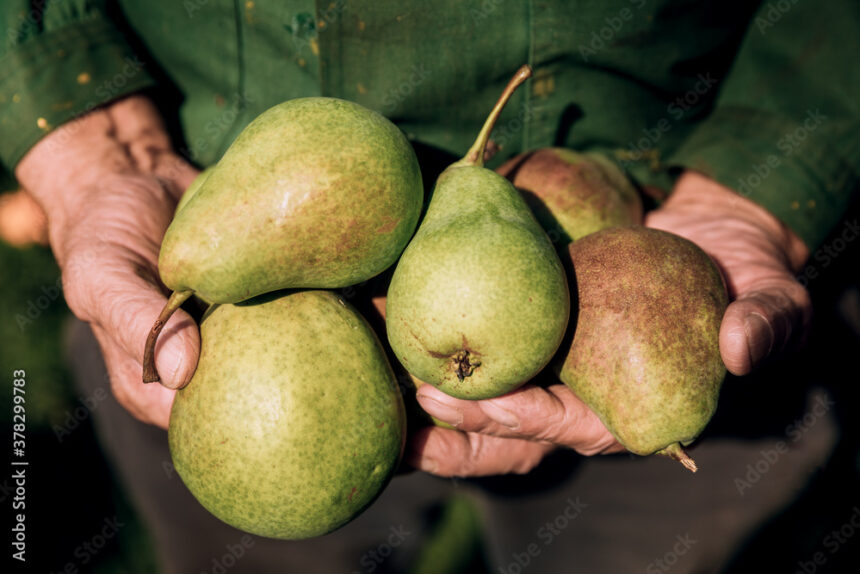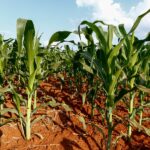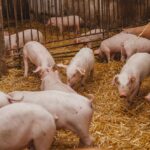When growing pears in South Africa, there are several infections and diseases that you should watch out for. Here are some common ones:
- Fire blight (Erwinia amylovora): This bacterial disease affects various fruit trees, including pears. It causes blackening and wilting of blossoms, twigs, and branches. To control fire blight, it is important to prune infected parts and destroy them. Copper-based sprays can also be used as preventive measures.
- Pear scab (Venturia pirina): Pear scab is a fungal disease that affects the leaves, fruit, and twigs of pear trees. It causes dark, scaly lesions on the fruit and foliage. Fungicides containing active ingredients such as mancozeb or sulfur can be used to manage pear scab.
- Pear rust (Gymnosporangium sabinae): This fungal disease affects various fruit trees, including pears. It causes orange or yellowish-orange spots on the leaves and fruit, which eventually turn black. To control pear rust, it is important to remove and destroy any juniper hosts near the pear trees, as they serve as alternate hosts for the disease.
- Pear psylla (Cacopsylla pyricola): Pear psylla is an insect pest that affects pear trees. The nymphs and adults feed on the sap of leaves, causing them to curl and distort. In severe infestations, it can lead to stunted growth and reduced fruit quality. Insecticides specifically labeled for pear psylla can be used for control.
- Root rots: Various fungal pathogens, such as Phytophthora spp. and Armillaria spp., can cause root rots in pear trees. These pathogens attack the roots, leading to stunted growth, wilting, and eventually the death of the tree. Proper soil drainage and avoiding overwatering can help prevent root rot.
- Pear decline: Pear decline is a complex disorder that affects pear trees. It is characterized by a decline in tree vigor, dieback of branches, and reduced fruit production. The exact cause of pear decline is not well understood, but it is often associated with poor soil conditions, root damage, or a combination of factors. Maintaining proper tree nutrition and addressing any underlying issues can help manage pear decline.
It’s important to regularly inspect your pear trees for any signs of infections or diseases. If you suspect any issues, it is recommended to consult with local agricultural extension services or a professional horticulturist who can provide specific guidance based on the local conditions and current pest and disease pressures.
Join 'Farmers Mag' WhatsApp Channel
Get the latest Farming news and tips delivered straight to your WhatsApp
CLICK HERE TO JOIN






